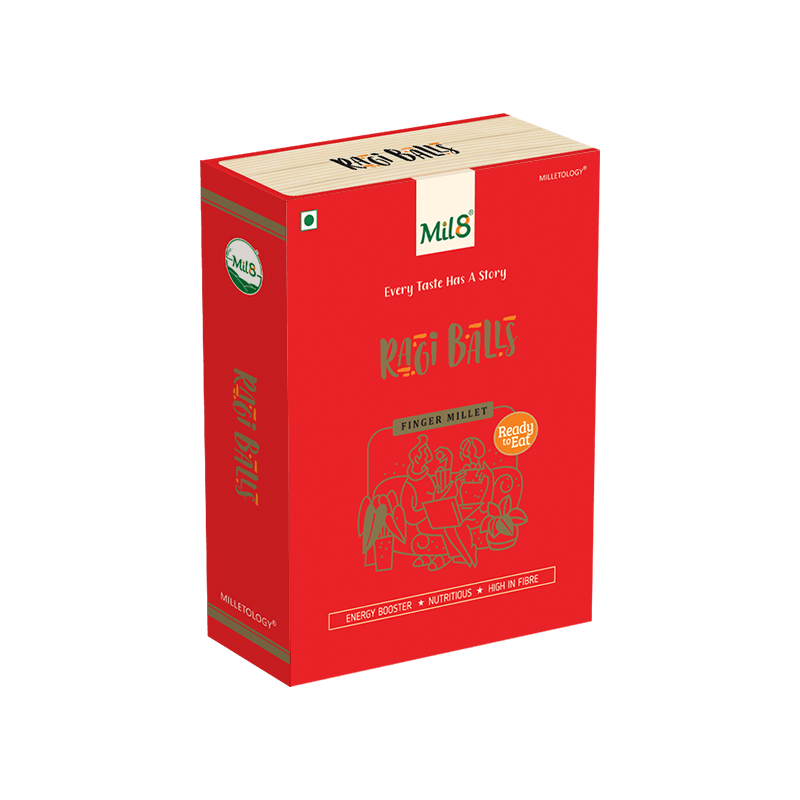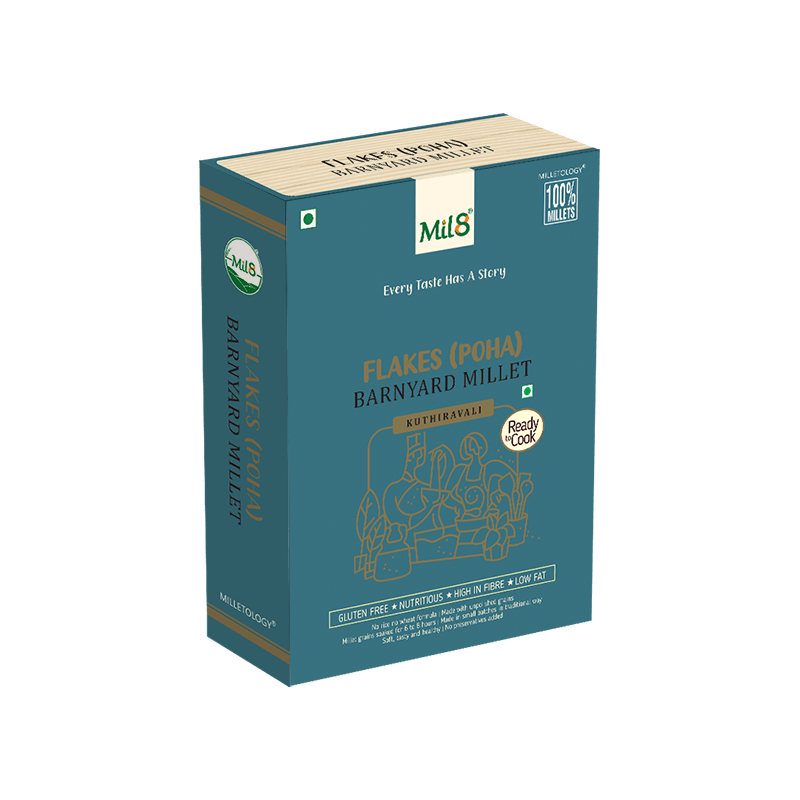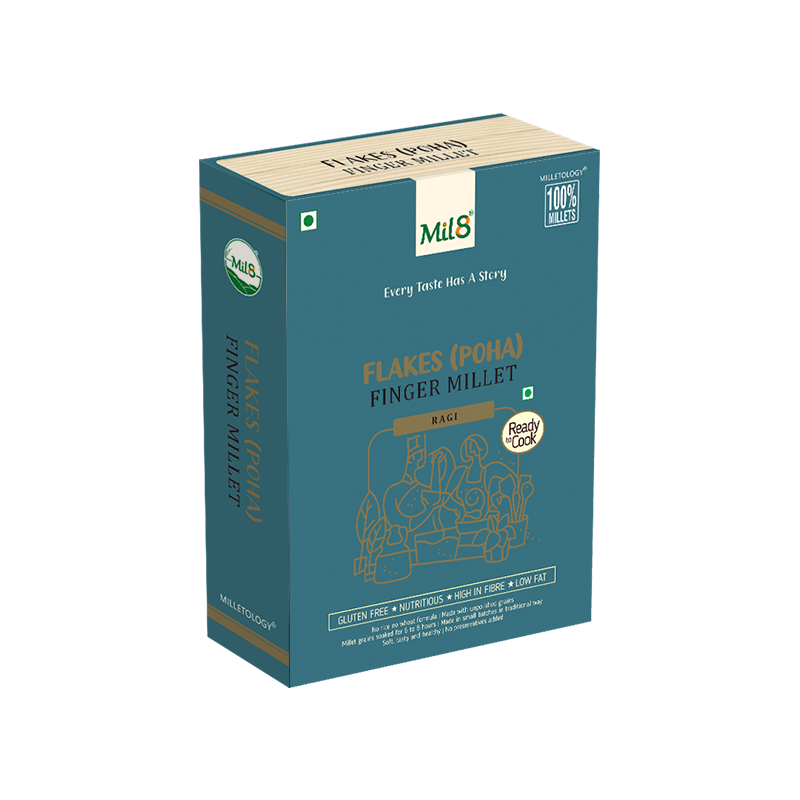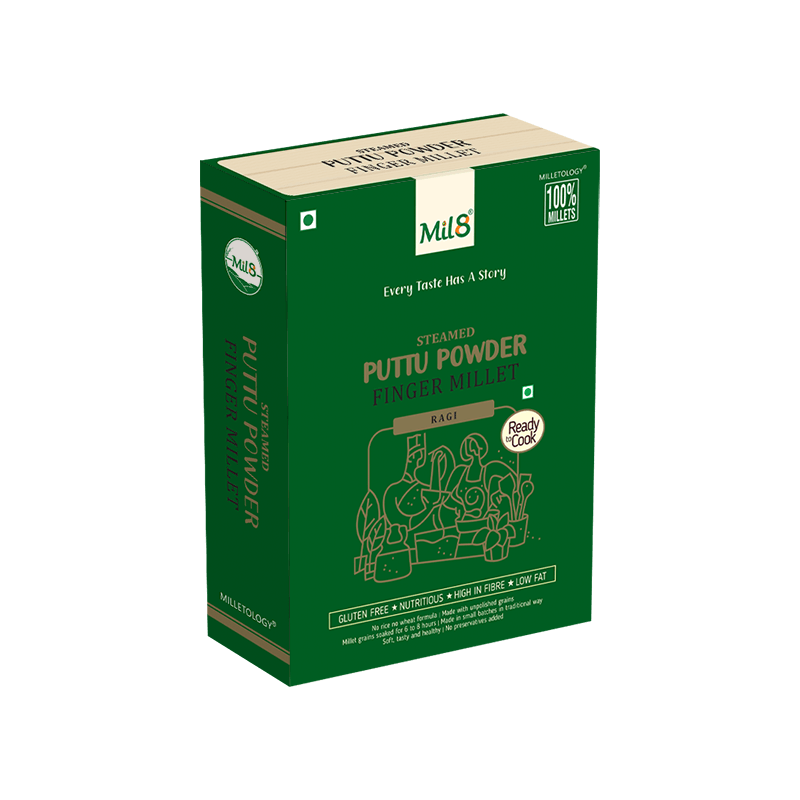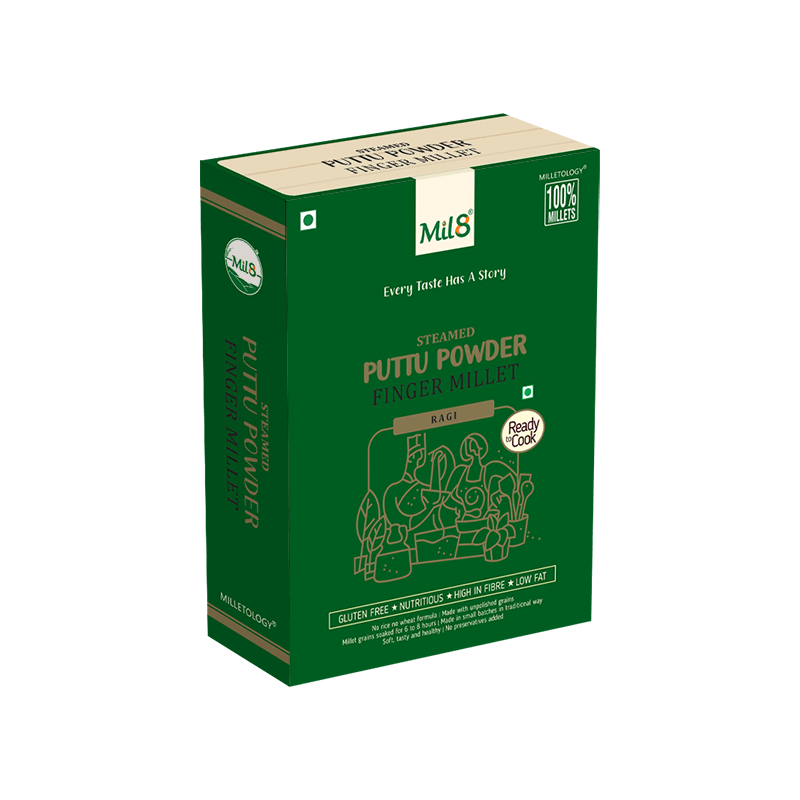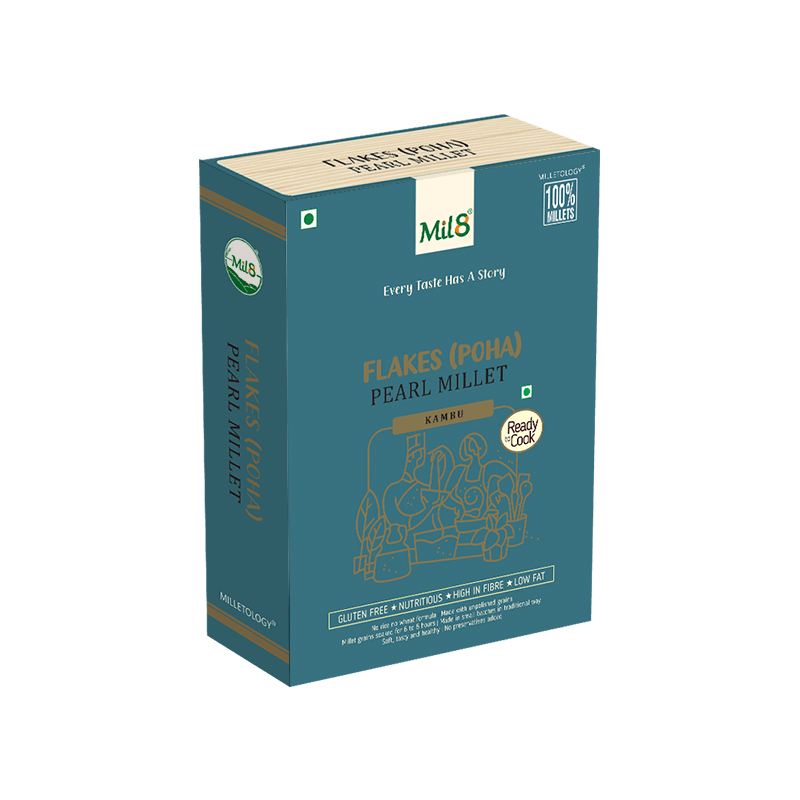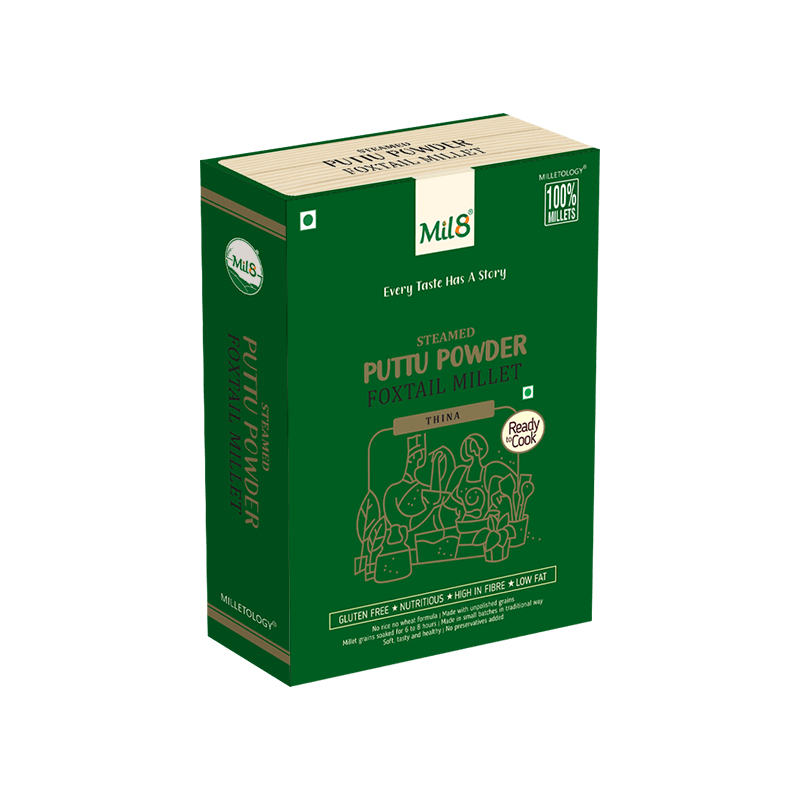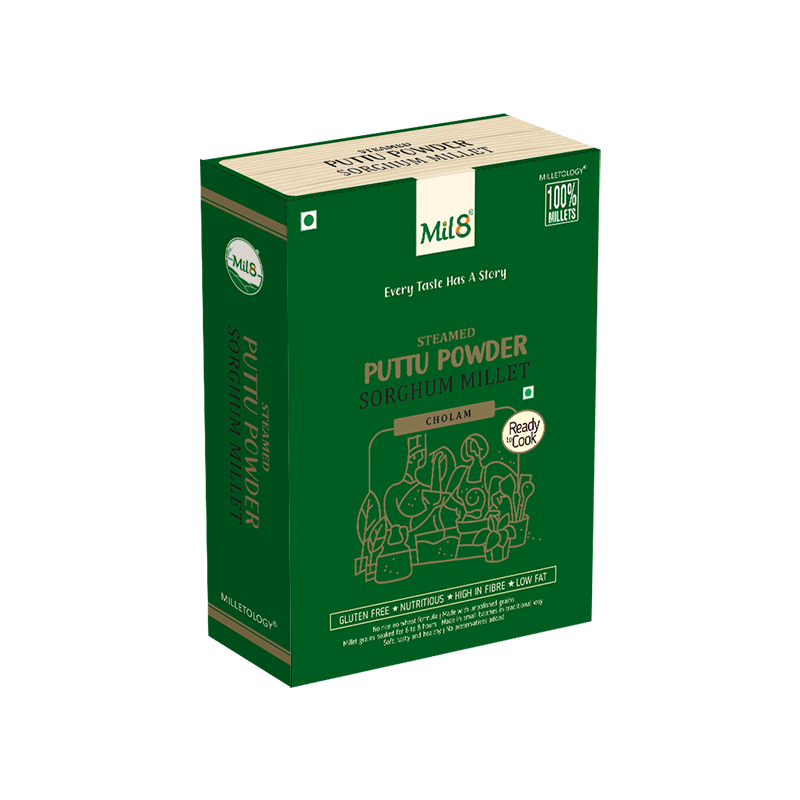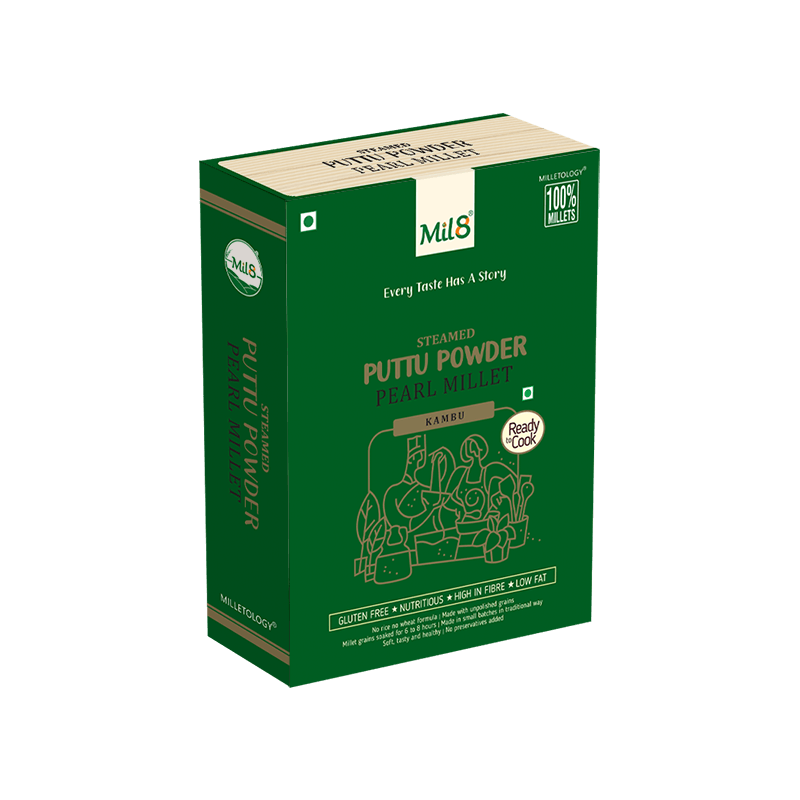RAGI BALLS
Ragi balls, also known as ragi mudde or ragi kali, are a nutritious and popular dish in South India, especially in the states of Karnataka and Tamil Nadu. Ragi, also called finger millet, is a highly nutritious grain packed with calcium, iron, protein, and other essential nutrients.
To make ragi balls, ragi flour is mixed with water and cooked until it forms a thick, dough-like consistency. Then, small portions of the mixture are rolled into balls or dumplings by hand. These balls are typically served hot with sambar, chutney, or any other curry.
Ragi balls are not only delicious but also highly nutritious, making them a staple food in many South Indian households. They are particularly popular among those looking for gluten-free alternatives or seeking to incorporate more whole grains into their diet.
Instructions:
- In a deep saucepan or a kadai, bring 2 cups of water to a boil.
- Once the water is boiling, reduce the heat to low and gradually add the ragi flour to the water, stirring continuously to prevent lumps from forming.
- Keep stirring the mixture until it thickens and forms a dough-like consistency. This may take around 5-7 minutes.
- Add salt to taste and continue stirring for another 2-3 minutes to ensure the mixture is well cooked.
- Once the mixture is cooked and has a thick consistency, remove it from the heat.
- Allow the mixture to cool slightly until it is comfortable to handle.
- Wet your hands with water to prevent sticking, then take small portions of the mixture and shape them into round balls or dumplings.
- Repeat the process until all the mixture is used up and you have formed several ragi balls.
- Serve the ragi balls hot with your favorite accompaniments such as sambar, chutney, or curry.
Enjoy your nutritious and delicious ragi balls!
Ingredients:
- 1 cup ragi flour (finger millet flour)
- 2 cups water
- Salt to taste
Ragi, or finger millet, is renowned for its exceptional nutritional profile. Here's a glimpse into its nutritional value per 100 grams:
- Energy: Around 336 kcal
- Carbohydrates: Approximately 72 grams
- Protein: Roughly 7 grams
- Fat: About 1.5 grams
- Dietary Fiber: Around 3 grams
- Calcium: Rich in calcium, providing approximately 370 mg
- Iron: High iron content, providing about 3.9 mg
- Magnesium: Approximately 137 mg
- Phosphorus: Around 283 mg
- Potassium: Roughly 408 mg
- Zinc: Approximately 1.7 mg
Ragi is also a good source of essential amino acids, making it a valuable addition to vegetarian and vegan diets. Its high fiber content aids digestion and helps in maintaining a healthy digestive system. Additionally, ragi's low glycemic index makes it suitable for individuals aiming to manage their blood sugar levels.
Ragi can be used in various ways to prepare a wide range of dishes, and making ragi balls is just one of them. Here are a few other ways you can use ragi in your cooking:
-
Porridge: Ragi porridge is a popular and nutritious breakfast option. Simply cook ragi flour with water or milk, sweeten it with sugar or honey, and flavor it with ingredients like cardamom or cinnamon.
-
Roti or Chapati: You can combine ragi flour with wheat flour to make rotis or chapatis. This adds a nutty flavor and boosts the nutritional value of your regular flatbread.
-
Idlis and Dosas: Ragi can be fermented and used to make idlis and dosas, which are traditional South Indian breakfast items. Mixing ragi flour with urad dal (black gram) and rice creates a wholesome and nutritious batter.
-
Biscuits and Cookies: Ragi flour can be incorporated into baked goods like biscuits and cookies to add nutritional value and a unique flavor.
-
Pancakes and Waffles: Use ragi flour in place of or in combination with other flours to make pancakes and waffles, adding a healthy twist to your breakfast.
-
Soups and Stews: Adding ragi flour to soups or stews can help thicken them and enhance their nutritional content.
-
Smoothies: You can add ragi flour or cooked ragi porridge to smoothies for an extra boost of nutrients, fiber, and thickness.
-
Snack Bars: Make homemade snack bars using ragi flour, nuts, dried fruits, and sweeteners like honey or dates for a nutritious and energizing snack.

